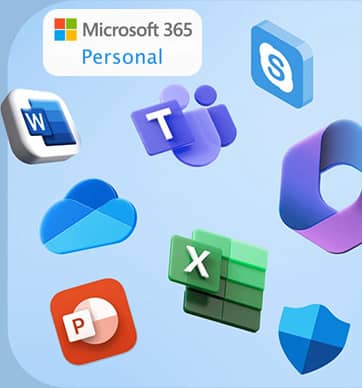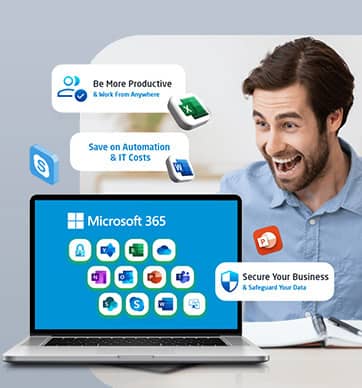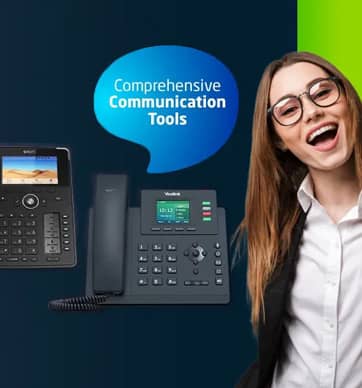How would you define consumerised ERP and why is it relevant?
Consumerised ERP is about the general consumption of, as well as the features that ERP offers the user. Cloud, by definition has productised ERP. Delivering the SAAS platform is not sufficient without also making its usability relevant.
How can a consumerised approach to ERP improve the user experience?
This occurs most frequently at the development of the interface. The interface needs to resemble common applications or service products if it is to remain relevant. This can be delivered in various ways such as creating a common user interface with the most widely used email client for example, or integrating social media platforms with the ERP. This means that the millennial user won’t necessarily have to gravitate away from the platforms that they engage with frequently throughout the day.
Why should mobility be a focus?
With the BYOD policies adopted by most forward thinking companies, mobility allows the millennial user to access key services on a device that makes sense to them, and and that they are familiar with. This does mean added security considerations for the IT department however, but this is not new and can be managed with a variety of tools.
The need for office space will continue to be questioned especially with the effect that traffic and congestion plays in productivity and utilisation – making mobility even more important than ever.
What governance and security policies should be put in place to handle this shift to a more consumerised model?
There is no doubt that mobility and SAAS places an extra burden on IT departments which are appropriately concerned about data security. The ability to remotely manage the deployment of organisational software and services from email and unstructured data to sensitive ERP and CRM data is key to the delivery of consumerised services in ERP. In this regard vendors providing applications and services should have tools in place to manage the deployment, access, and lockdown in the event of device loss or theft.
How do discussions around cloud, in-memory computing and analytics factor into this conversation?
Most organisations looking at adopting cloud-ready technologies also require enterprise features, otherwise there is no difference between that and on-premise solutions.
Access to data and information analytics is a key differentiator and is a requirement for the cloud-savvy organisation. The information not only has to be available but it has to be relevant. In general, businesses transact at a faster pace today than their earlier counterparts. This means that information has to be up-to-date and accurate.
Invariably this requires some in-memory processing features and proper access to analytical tools. Typically, this was only available to organisations that could spend the money to have not only the software and infrastructure but also a team of engineers and consultants delivering the solutions to the organisation.













